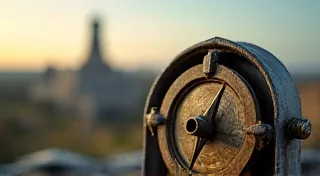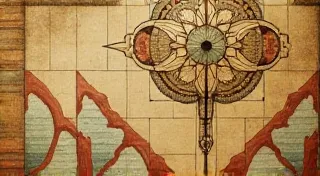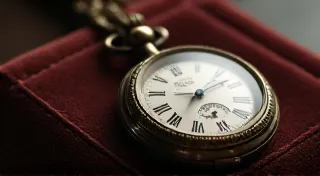The Manuscript's Ghost: Uncovering Stories from Abandoned Typewriter Collections
There’s a peculiar melancholy that settles when you stumble upon a forgotten typewriter collection. It’s not just the dust, the tarnished metal, or the sticky keys; it’s the lingering sense of untold stories, of lives lived and words unwritten. These aren't mere machines; they’re time capsules, whispering secrets of the individuals who once relied upon them to translate thoughts into tangible form. Finding one is like exhaling the past – a profound, sometimes bittersweet, experience.
My own fascination began years ago, not with the mechanics of the machines, but with the possibility of the lives they represented. I was helping clear out an estate sale in a small, rural town when I found it: a single room packed floor to ceiling with typewriters. Not a pristine display of collector's items, but a chaotic jumble – Royals, Remingtons, Underwoods, Olivettis, each bearing the marks of heavy use and neglect. The air itself felt thick with the ghosts of stories.
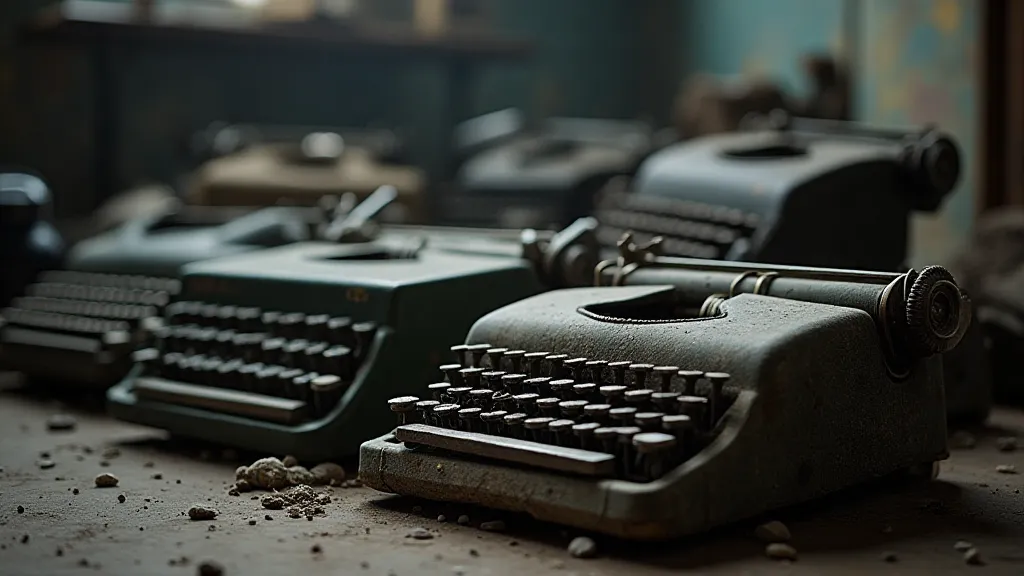
Echoes of a Bygone Era
The history of the typewriter itself is fascinating. Its emergence in the late 19th century revolutionized communication, offering a faster and more legible alternative to handwritten correspondence. Suddenly, businesses could operate with increased efficiency, and a new field – secretarial work – was born, offering women unprecedented opportunities. Think of the legions of clerks, journalists, and authors who pounded away at these machines, shaping the world with their words. The standardization of these machines, from the layout of the keys to the overall design, wasn't simply an accident; it reflected evolving industrial practices and a drive for efficiency. Understanding these nuances is key to appreciating the evolution of these machines, and how the seemingly arbitrary arrangement of keys – a topic some dedicate their lives to studying – actually has a fascinating history. You might even delve into the cartographer of keys and explore the history of typewriter layouts.
Before computers, before even word processors, the typewriter was *the* tool for serious writing. Novels were typed, letters were composed, legal documents were drafted, and countless personal narratives found their way onto the page through these intricate mechanisms. Each click and clack of the keys resonated with purpose, a tangible representation of creativity and effort. The rhythmic sound, now so quaint, was once the soundtrack to progress and innovation.
More Than Metal and Springs: The Human Connection
The typewriters I discovered weren’t just functional machines; they were imbued with the essence of their former owners. A faded photograph tucked inside a Royal peeked out, showing a young woman, likely a student, beaming with pride. A half-finished manuscript, yellowed with age, lay beside an Underwood, its narrative abruptly halted mid-sentence. It felt invasive, somehow, to be privy to these fragments of personal history. It was like walking through the abandoned house of someone’s memories.
One particular machine, a sturdy Smith Corona, bore a series of faint, almost invisible inscriptions on the carriage return lever – initials intertwined with a date: “J.H. + A.M. - 1948.” Who were J.H. and A.M.? Were they lovers, siblings, colleagues? Did they use this typewriter to craft passionate letters, business contracts, or perhaps a shared creative project? The possibilities spiraled, fueled by the silent testimony of the machine.
The Art of Restoration: More Than Just Mechanics
Restoring antique typewriters is a delicate process. It's not simply about cleaning and lubricating the parts; it’s about preserving a piece of history. The goal isn’t to make them look brand new – that would be disrespectful to their age and the lives they’ve led. Instead, it’s about bringing them back to a functional state, revealing their inherent beauty and acknowledging their past.
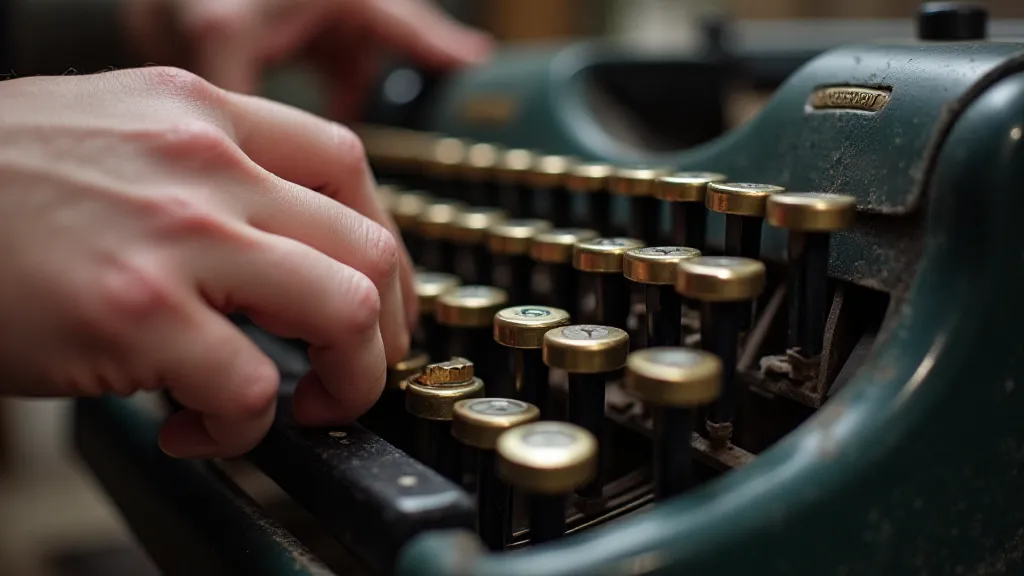
Each machine presents unique challenges. Rust, dried ink, and decades of accumulated grime can obscure the original finish and render the keys unresponsive. Finding replacement parts can be an exercise in patience and ingenuity. But the reward – the satisfying click of a key after careful cleaning, the smooth action of the carriage – is immense. It's a tangible connection to the ingenuity of the past and the dedication of the individuals who built these machines. Sometimes, identifying the exact model and year of manufacture can be a detective’s game, relying on subtle markings and manufacturing details. Those who want to further examine the nuances of antique typewriter dating might even be interested in the chronometer’s whisper, exploring the methods used to pinpoint a machine's age.
I've found myself developing a deep respect for the craftsmanship that went into these early machines. The intricate gear mechanisms, the precision of the type slugs, the solid construction – it’s a testament to a time when products were built to last. Today’s disposable culture stands in stark contrast to the enduring quality of these vintage treasures. The meticulous construction and engineering involved often surpassed the needs of mere correspondence; they were testaments to an era where longevity and precision were paramount.
Collecting and the Preservation of Stories
Collecting antique typewriters isn’t just about acquiring beautiful objects; it’s about becoming a custodian of history. Each machine has a story to tell, and it’s our responsibility to ensure that those stories aren’t lost to time. Even the most neglected machines hold valuable clues about the lives they touched. The passion extends beyond mere aesthetics, it's a genuine desire to rescue relics of a bygone era and unlock their hidden narratives.
The internet has become an invaluable resource for typewriter enthusiasts. Online forums and communities offer a wealth of information on identification, repair, and historical context. Connecting with other collectors provides a sense of shared passion and a platform for exchanging knowledge and experiences. The collective effort helps to illuminate the stories behind these forgotten machines. Sharing information about manufacturing dates, identifying unusual features, and unraveling the origins of specific machines are all vital components of this shared pursuit.
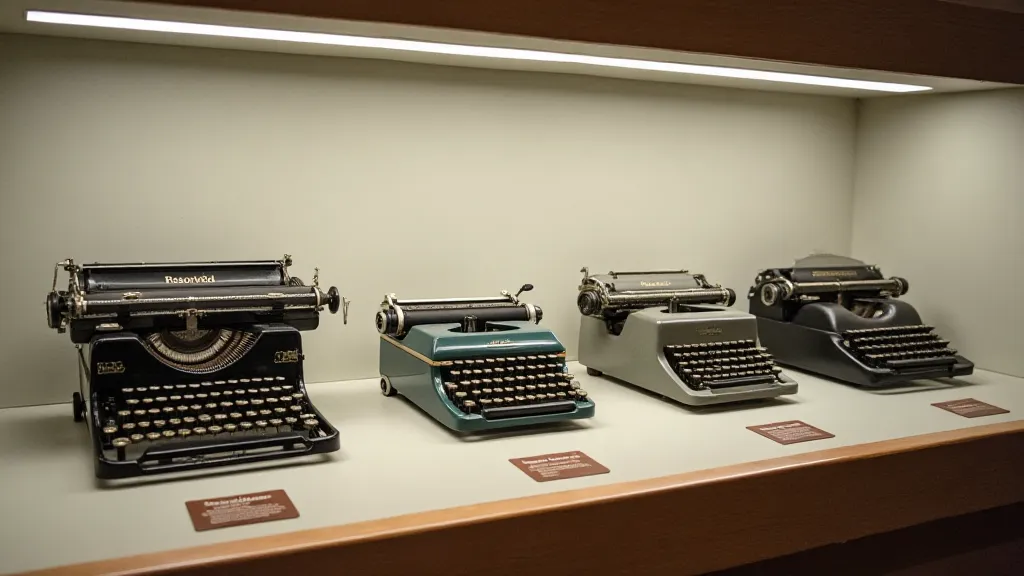
The Rise of the Typewriter and its Cultural Impact
The typewriter didn't just revolutionize office work; it fundamentally altered social dynamics. Suddenly, women found a more dignified and well-paying career path, escaping the limitations of domestic roles. The ability to produce clear and legible documents democratized communication, enabling small businesses and individuals to compete with larger corporations. The rise of the typewriter also profoundly impacted literature and journalism. Authors could now produce manuscripts more quickly and legibly, leading to a boom in published works. Journalists could disseminate information more efficiently, shaping public opinion and driving social change. The very nature of written language began to evolve as typewriters introduced standardized fonts and layouts.
The Intricacies of Repair and Maintenance
Beyond the initial fascination, serious collectors often delve into the art of repair and maintenance. It’s a complex undertaking, requiring a blend of mechanical aptitude, patience, and a deep understanding of the machines’ inner workings. Sourcing replacement parts can be particularly challenging, often involving scouring antique shops, online auctions, and dedicated parts suppliers. Even seemingly minor repairs can uncover surprising details about the machine’s history and previous owners. The process fosters a unique connection to these artifacts, transforming them from mere objects into tangible links to the past.
A Legacy of Words
Discovering a forgotten typewriter collection is a poignant experience. It’s a reminder that even the most mundane objects can hold profound emotional weight. It’s an opportunity to connect with the past, to appreciate the craftsmanship of a bygone era, and to become a guardian of stories that might otherwise disappear. Perhaps, by restoring these machines and sharing their histories, we can keep the legacy of words alive, one click and clack at a time.
The manuscript’s ghost lingers – a whisper of untold stories, a testament to the enduring power of words, and an invitation to listen.
